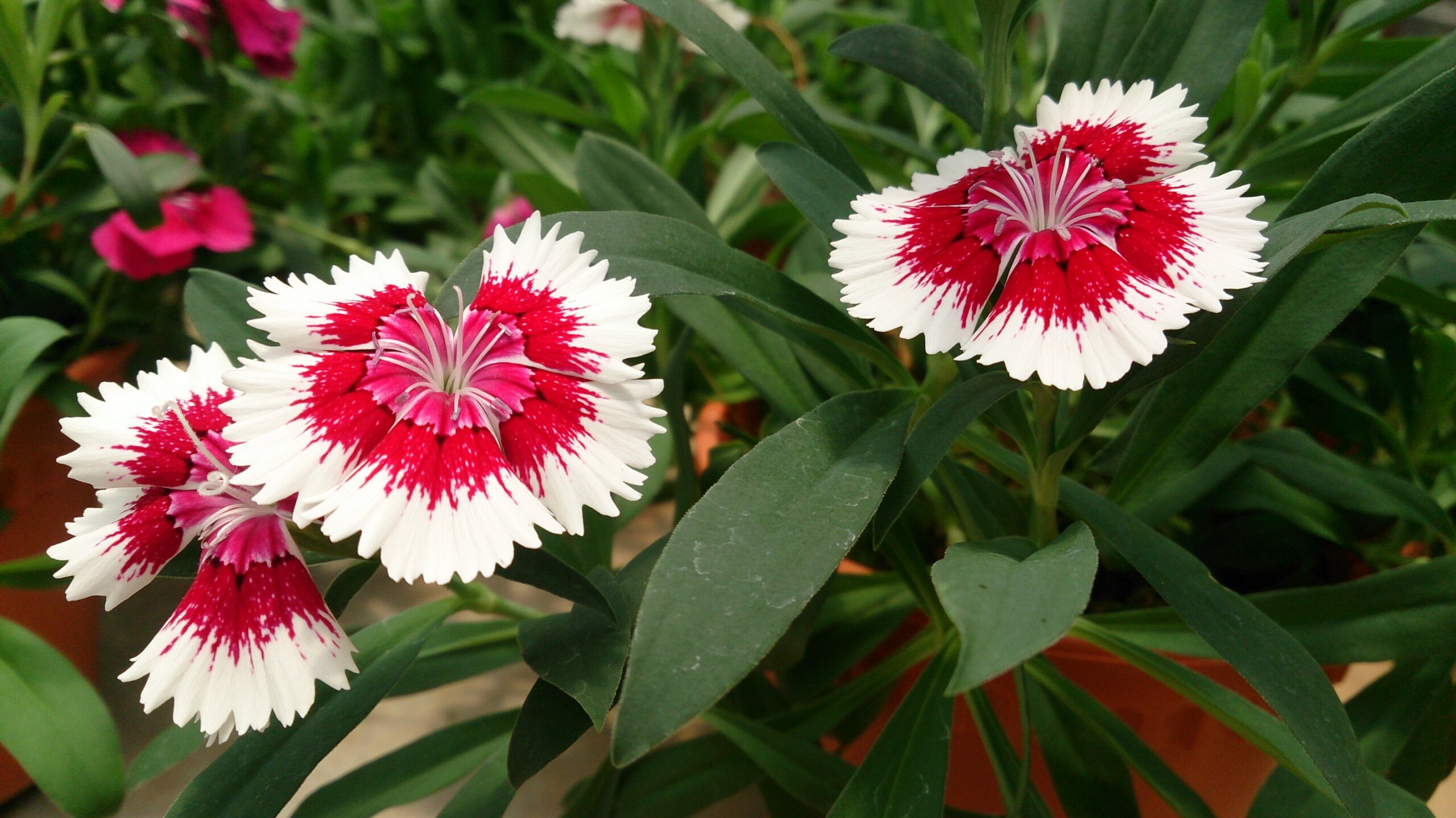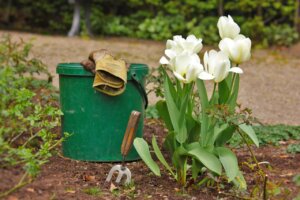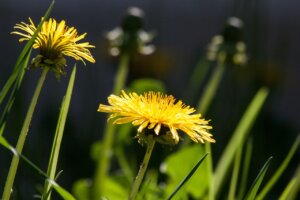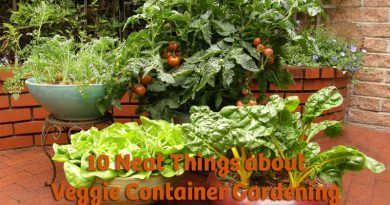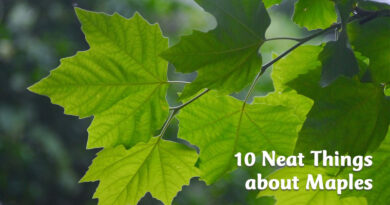Edible Ornamental Flowers and Antioxidants
Edible ornamental flowers are a great way to boost your antioxidant intake. Edible ornamental flowers are defined as harmless and non-toxic plant parts, which have health benefits when consumed as food. Although our perception of flowers is that they are more ornamental than edible, in recent years there has been a plethora of scientific papers demonstrating their nutraceutical, phytonutrient and health benefits. A 2023 article in the journal Food Reviews International explains the benefits of edible flowers:
Traditionally, edible flowers have been used in alternative medicine by several cultures around the world. Recently, they have gained in popularity as a new trend in worldwide gastronomy because they have been added as ingredients in food and beverages since they have important organoleptic properties [aspects of food that act on our senses] and beneficial health effects. In fact, edible flower consumption has increased in the last years, and many works have demonstrated that they are essential sources of macronutrients, vitamins, and antioxidant compounds, which give benefits like prevention against illness associated with oxidative stress, some cardiovascular illness, and cancers, among others.
From a historical perspective, the consumption of flowers can be traced back thousands of years in Ancient Rome, Greece, Persia and Asia; and from diverse ethnographic records, such as among the Inuit of Alaska and Khoisan hunter-gatherers in Africa.
Health benefits
For the home gardener, edible ornamental flowers can be a great source of antioxidants. In particular, many edible flowers are a rich source of the antioxidant anthocyanin. Anthocyanins are powerful flavonoids that help regulate cellular activity and have numerous biochemical and antioxidant effects.
Anthocyanins are also the blue, red, or purple pigments found in plants, especially flowers, fruits, and tubers. The word, anthocyanin, is from the Greek words anthos, meaning flower; and kyáneos, meaning blue. Researchers have found that anthocyanins have anti-inflammatory benefits and they are protective against diabetes, cancer and heart disease; and have antimicrobial and antibacterial properties.
Anthocyanin-rich edible flowers
When we consume anthocyanin-rich flowers we benefit from the supportive and protective features of this plant compound. In a 2022 issue of the journal Foods, a researcher writes: “The existing literature indicates that many ornamental plants growing in the immediate vicinity of humans can be an abundant source of anthocyanins.” And because edible flowers are very perishable and the concentration of phytonutrients in fresh flowers can significantly drop even after a few days of storage, it makes sense to grow your own flowers.
The home gardener who grows their own edible flowers can receive a real health boost. You can buy edible flowers as bedding plants at greenhouses but confirm with the operator that no pesticides have been used on the plants. If you are not sure, you can start flowers from seed, a budget-friendly way to include more flowers in your diet.
Here is a partial list of anthocyanin-rich edible flowers. All of these flowers can be grown in your home garden, balcony or patio.
Chinese pinks (Dianthus chinensis). Sweet, low-growing plant used in tea and cake or as a decoction.
Cosmos (Cosmos bipinnatus). Tall growing, slightly bitter annual. Used in decoctions or tea.
English daisy (Bellis perennis). This slightly spicy and bitter flower is used in salad, cake, porridge and as a decoction.
Geranium (Pelargonium x hortorum). The annual geranium has flavours of rose and mint. It is delicious in jam or ice cream, baked goods, flavouring honey or made into syrup.
Hibiscus (Hibiscus sabdariffa). Grow in pots or as an annual. It has a grassy taste, useful in drinks, jam, wine, ice cream, chocolates, pudding, cakes and as a flavouring agent.
Johnny jump-up (Viola tricolor). A low-growing annual with a sweetish vanilla taste. Use it in salad, sauces, jelly, syrup, liquor, vinegar, honey, oil, candy, ice cubes, tea, beverages and desserts.
Morning glory (Ipomoea carica). An annual vine, it is slightly bitter and sour. The flowers go well in soup, cooked with beef, or as a decoction. The seeds, however, are a hallucinogenic drug that can be deadly.
What are antioxidants?
Antioxidants in our bodies protect our cells from getting damaged by harmful particles. These harmful particles, called free radicals, can come from things like sunlight, pollution, or just from our bodies doing everyday activities. Antioxidants help keep our cells healthy by stopping these particles before they can cause harm. You can find antioxidants in many fruits, vegetables, and other foods like flowers.
Author: Tania Scott is a seed saver and urban farmer. Tania and her family love growing things and have started the seed company Common Sense Seeds (www.commonsenseseeds.ca) in Calgary.

